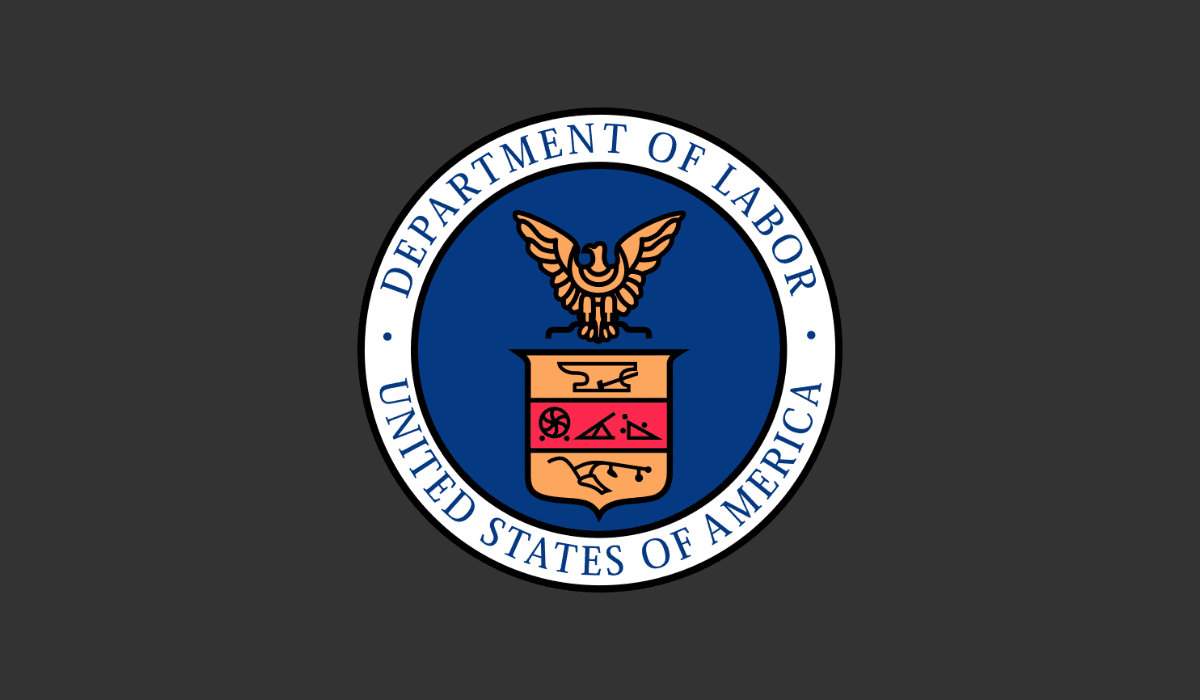A federal court in New York has invalidated portions of emergency Department of Labor (DOL) regulations that employers have been using to create their policies and determine whether to grant leave under the Families First Coronavirus Response Act (FFCRA).
Under the FFCRA, there are two leave laws that provide employees the ability to receive pay for certain absences relating to COVID-19. Summaries of these laws are available in prior alerts: Emergency Paid Sick Leave Act (EPSLA) and Emergency Family and Medical Leave Expansion Act (EFMLEA).
The DOL issued regulations on April 1, 2020, guiding employers and employees through the application of these leave laws. On Monday, Aug. 3, 2020, the Southern District of New York invalidated some important portions of these regulations.
Work Availability: Under the regulations, a “but for” standard existed, meaning that leave was only required if work was otherwise available for the employees. This rule was invalidated. Absent the work availability requirement, if the employee is out of work for one of the qualifying reasons, the leave is to be provided, even if there is otherwise no work available for the employee.
Health Care Provider: Under the regulations, a health care provider was broadly defined to basically include anyone employed at a doctor’s office, hospital or similar type of facility. As such, all of those employees could be exempted from the leave laws by their employer. The New York court concluded that this focused on the employer, not the employee, and the statute only allowed the DOL to exempt employees capable of furnishing healthcare services, not employers who provide such services. Accordingly, the court invalidated the DOL’s regulatory definition of health care provider.
Intermittent Leave: Under the regulations, employer consent or agreement was required for an employee to take leave intermittently. The court concluded that the DOL provided no justification for this requirement. It invalidated the rule, making intermittent leave available whether the employer agrees or not. The court, however, did agree with the portion of the DOL’s regulation that limited intermittent leave to situations where taking leave intermittently would not create a health risk to other employees.
Prior Documentation: Under the regulations, employers could require employees to submit certain documentation prior to taking leave. The court rejected this regulation, explaining that the statute itself already provided an unambiguous notice provision and the regulation could not impose documentation requirements as a precondition to leave.
What does all this mean for employers? It isn’t clear yet.
The DOL has not publicly responded to the ruling. The DOL could continue with the regulations as they are, meaning that employers outside the jurisdiction of the New York federal court arguably could continue to rely on them. Another option would be for the DOL to acquiesce to the court’s decision, revoke the challenged regulations and perhaps issue new emergency regulations.
As long as the DOL continues to operate a public website, posting its regulations and guidance without change, employers not covered by the New York federal court’s jurisdiction may argue that they are acting in good faith by following them. On the other hand, some employers may decide to err on the side of providing leave whenever possible in order to avoid potential claims by employees that they were wrongly denied leave. This approach would involve providing leave intermittently, where work is otherwise not available, and where an employee is not clearly engaged in providing healthcare. The risk of this approach is that if leave is found to be improperly provided, the employer may be denied the tax credit through which the leave is funded.
It is obvious what a difficult position this court decision places employers in, just as they are trying to determine how to keep employees at work when most schools are forcing employees to deal with remote education of their children. Employers trying to decide how to respond to the uncertainty raised by the court invalidating these DOL regulations are encouraged to reach out to us. We can assist employers to review their particular situations, assess their risks and decide on an appropriate course of action.
Content shared by Brooks Pierce
Natalie Sanders is an attorney with Brooks Pierce, providing counsel and defense to businesses in all aspects of the employment relationship. Natalie has 24 years of experience as an attorney, operations manager, entrepreneur and community volunteer. This allows her to provide nuanced guidance in complex matters. Natalie also serves as a Senior Consultant with JER HR Group, speaking, training, and consulting with leaders working toward more professional workplace environments.Latest posts by Natalie Sanders (see all)
Latest posts by Natalie Sanders (see all)
- DOL Rules Invalidated – August 25, 2020






